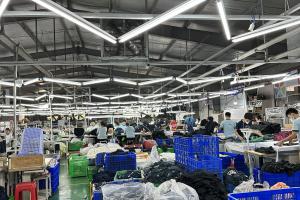The shift of manufacturing from China to Vietnam is driven by several factors, and this trend has been observed over the past decade. Some key reasons for this relocation include:
1. Rising Labor Costs in China
As China has experienced economic growth and higher living standards, labor costs have increased. This has led many manufacturers to seek lower-cost alternatives to maintain competitiveness, and Vietnam has become an attractive option.
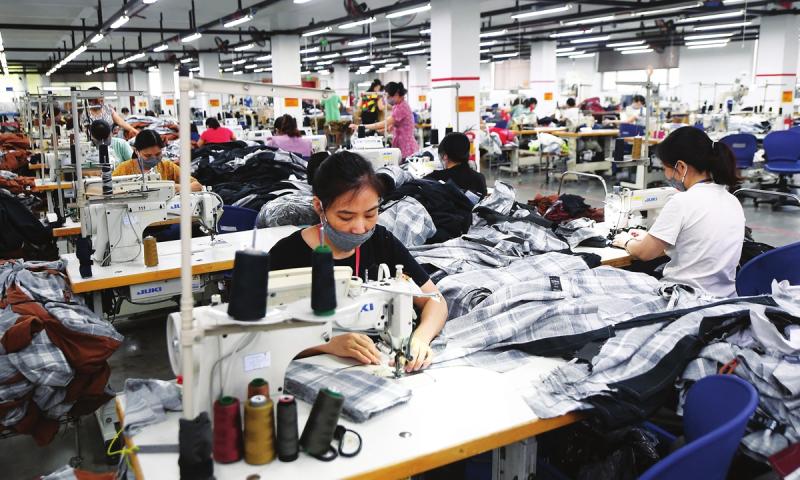
2. Skilled Workforce
Vietnam has a growing and relatively low-cost labor force. As China transitions to a more technology-driven economy, some labor-intensive industries are seeking locations with abundant and skilled workers, and Vietnam fits this criteria.
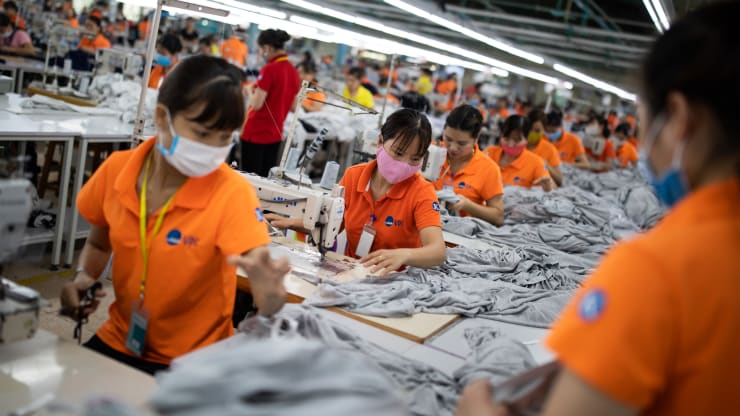
3. Free Trade Agreements
Vietnam has actively pursued and entered into free trade agreements with various countries and regions. These agreements enhance trade opportunities and reduce barriers, making it an appealing destination for manufacturing.
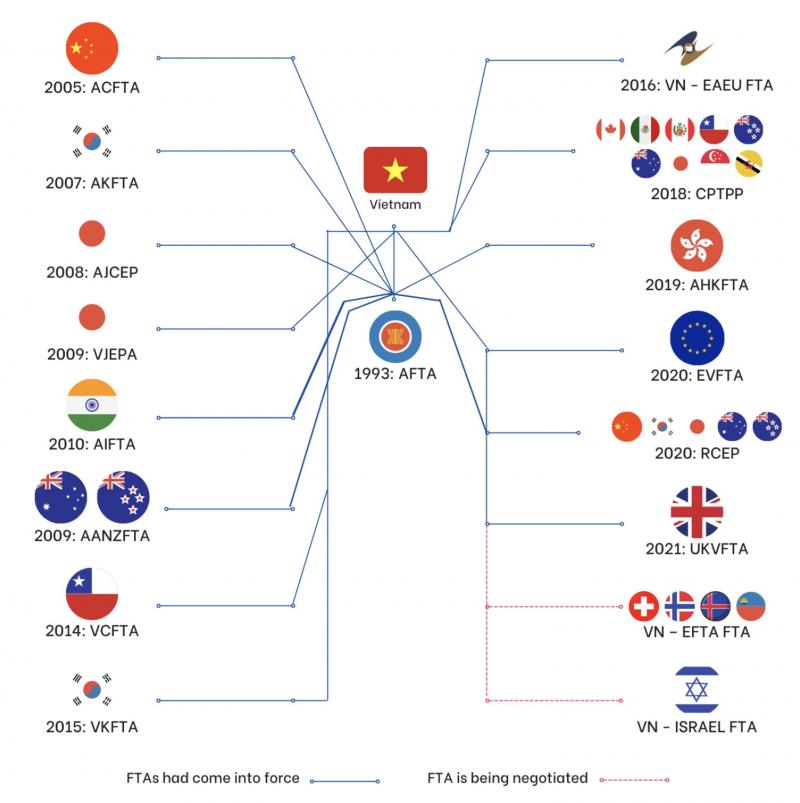
4. Trade Tensions and Tariffs
Trade tensions between China and various countries, particularly the United States, have led to the imposition of tariffs on Chinese goods. To mitigate the impact of these tariffs, companies are diversifying their manufacturing bases, and Vietnam provides a more tariff-friendly environment.
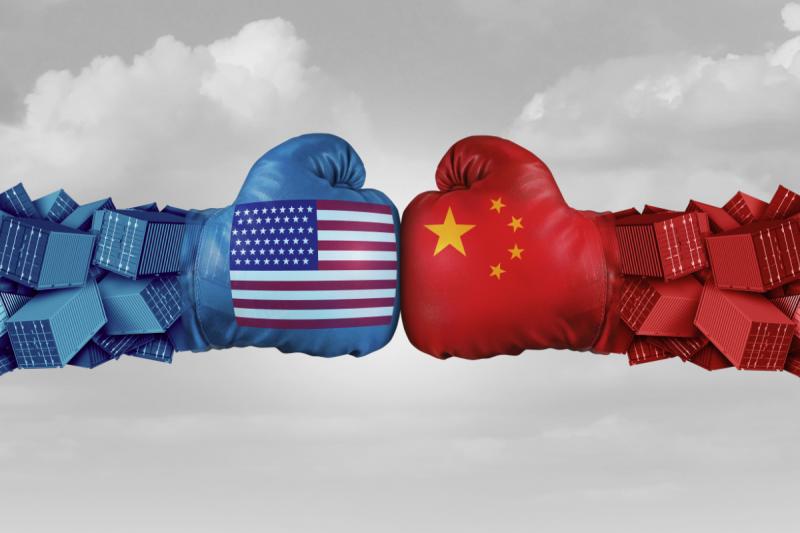
5. Strategic Location
Vietnam's proximity to China and its strategic location in Southeast Asia make it a convenient alternative for companies looking to maintain close ties with their supply chains in China while benefiting from lower costs.
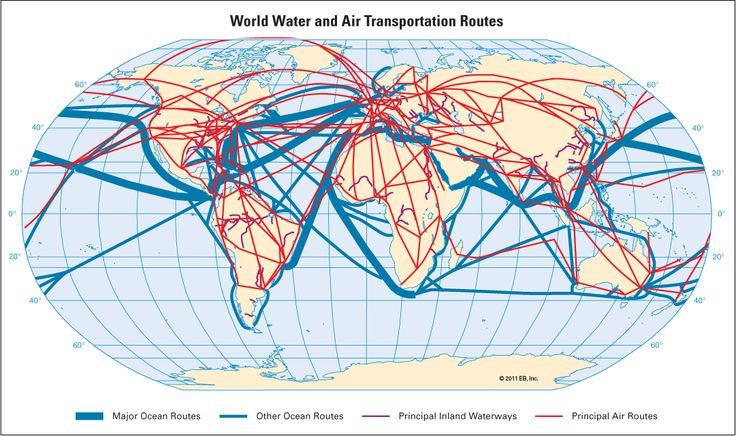
6. Government Incentives and Policies
The Vietnamese government has actively promoted policies to attract foreign investment in manufacturing. These include tax incentives, preferential treatment for certain industries, and streamlined bureaucratic processes.
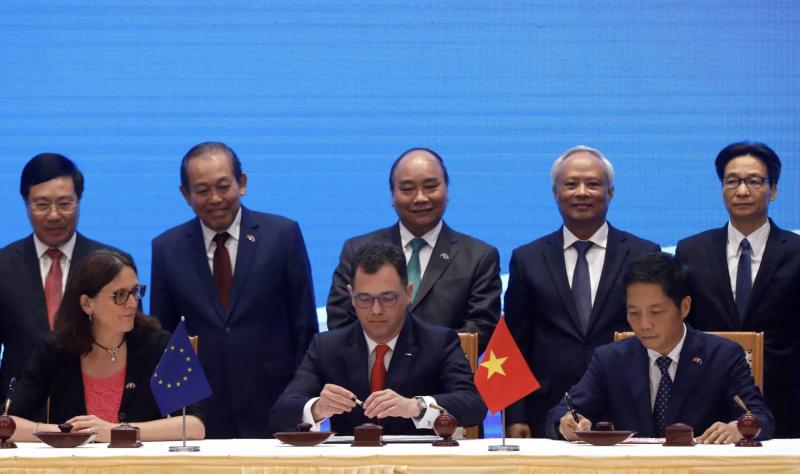
7. Improved Infrastructure
Over the years, Vietnam has invested in improving its infrastructure, including transportation networks, ports, and industrial parks. This has made it more attractive for businesses looking for reliable logistics and supply chain capabilities.
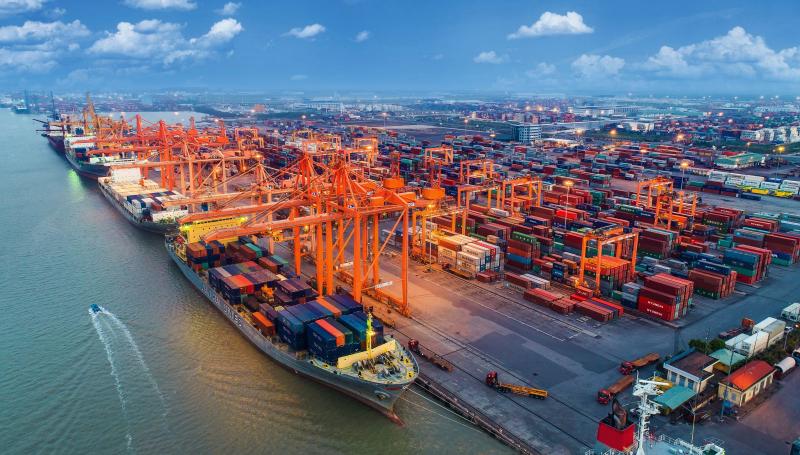
8. Diversification Strategy
Companies are increasingly adopting a diversified supply chain strategy to mitigate risks associated with relying heavily on a single country for production. This has become more apparent in the aftermath of global disruptions like the COVID-19 pandemic.
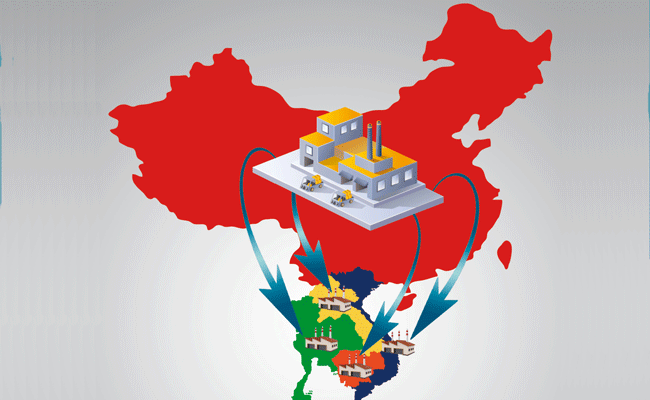
Overall
It's important to note that while Vietnam has seen significant growth in its manufacturing sector, China remains a dominant player in global manufacturing, and the two countries often complement each other in regional and global supply chains. The shift of manufacturing from China to Vietnam represents a broader trend of companies diversifying their production bases to manage risks and take advantage of diverse economic factors.



